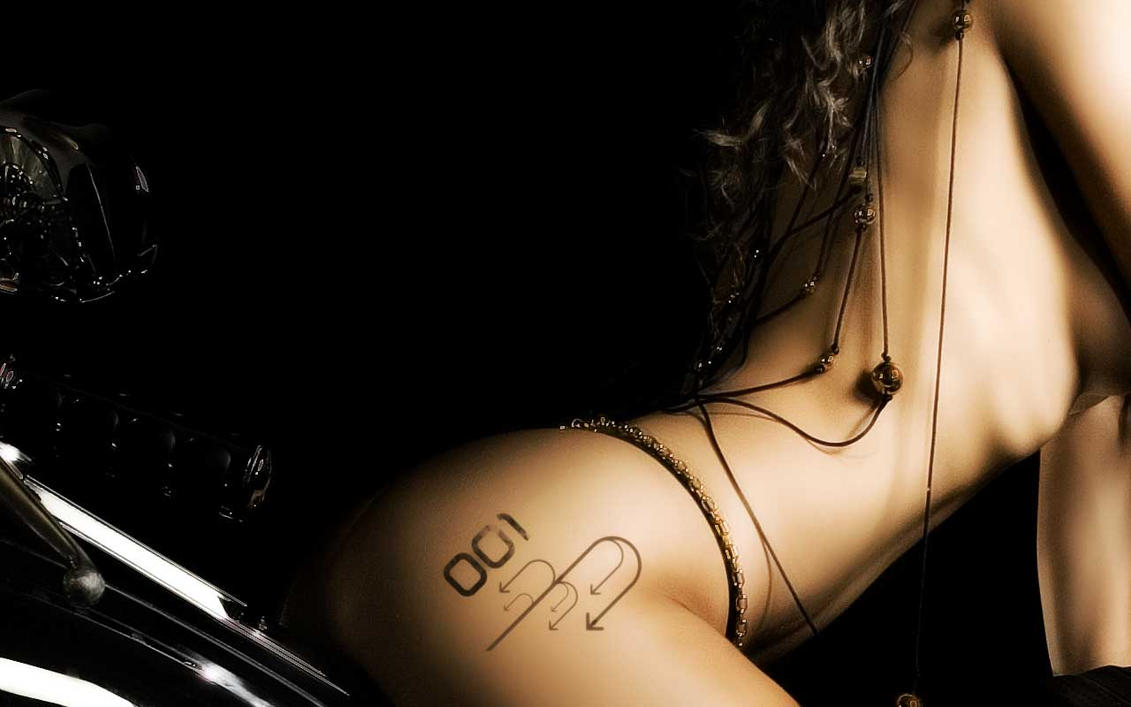The series borrows many art and mythology of the Asian continent to create a fictional world. Avatar also mixes philosophy, language, religion, martial arts, clothing, and culture of Asian countries such as China, Japan, Mongolia, Korea, India, and Tibet. Ethnic appearance seems to be influenced by Air Inuit culture. Openly can be found in the influence of art and history of China, Japanese anime, Hinduism, Taoism, Buddhism, and Yoga. Production staff employs cultural consultant, Edwin Zane, to review the manuscript story.
Avatar The term comes from the Sanskrit, the Avatara, which means "down". In Hindu mythology, gods manifest themselves by falling transformed into the world to restore balance on earth after having the time of the crime, and they called the Avatar. Chinese characters that appear above the word "Avatar" at the opening of the story means "Intermediary God descending to the mortal world".
When Aang was a child, he knew that he was an Avatar when choosing four of the thousands of toys other toys. Four toy is a toy similar to that chosen by the Avatar of the previous generation as a child, and prove that Aang is the reincarnation of the Avatar. This is a test similar to that performed by children in Tibetan Buddhism to test whether he is a reincarnation of Tulku Lama. According to the book "Magic and Mystery in Tibet" by Alexandra David-Néel, "some objects such as talismans, ritual tools, books, cups of tea, and others put together, and the child will take the objects, which the former belongs Tulku, and it shows that he recognized his memory in the previous life ". Official Avatar site says, the successor is expected to show signs of continuity with the previous Avatar, such as being born within a week of the death.











